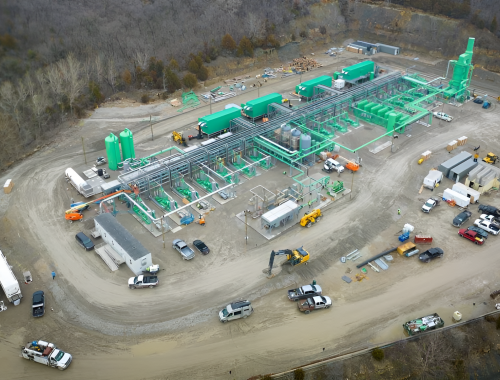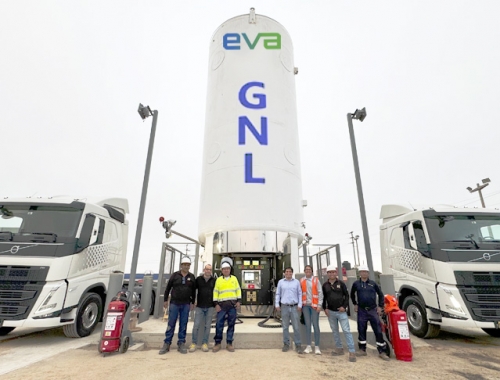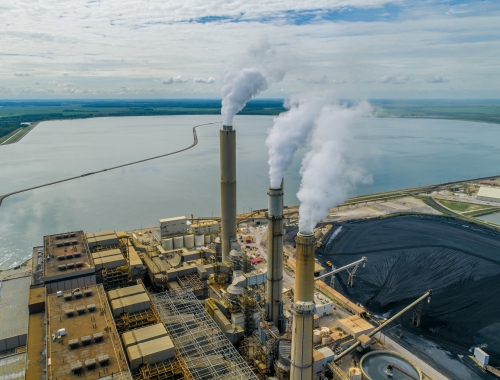Exxon to deploy real-time satellite monitoring
SUMMARY
The company said it expected to start using the technology over its acreage in the Permian basin.
By Daniel GraeberPOSTED IN:
US major ExxonMobil said December 13 it would deploy satellites over its operations in the Permian shale basin to monitor for methane emissions beginning in 2023.
Exxon said it agreed to work with air monitoring company Scepter to deploy satellite technology to monitor methane emissions in real-time, ensuring any necessary mitigation strategies can be deployed as quickly as possible.
The first phase of the collaboration envisions an initial satellite deployment to monitor Exxon’s operations in the Permian shale basin.
“Scepter will deploy satellites in 2023 and increase coverage to more than 24 satellites over three years, forming a large constellation network capable of monitoring operations around the world,” Exxon said. The constellation will be capable of monitoring and detecting emissions across multiple industrial sectors.
By the end of this year, ExxonMobil said it anticipates it will have reduced flaring across its Permian basin operations by more than 75% compared to 2019. The company added that it will eliminate all its routine flaring in the basin by the end of 2022, in support of the World Bank’s zero routine flaring initiative.
US president Joe Biden proposed new rules for methane emissions from the oil and gas industry. But using data from the World Bank, the US Energy Information Administration and elsewhere, the Texas Independent Producers and Royalty Owners Association (TIPRO) found that methane and flaring intensity from the Permian shale basin was already on a downward trend.






